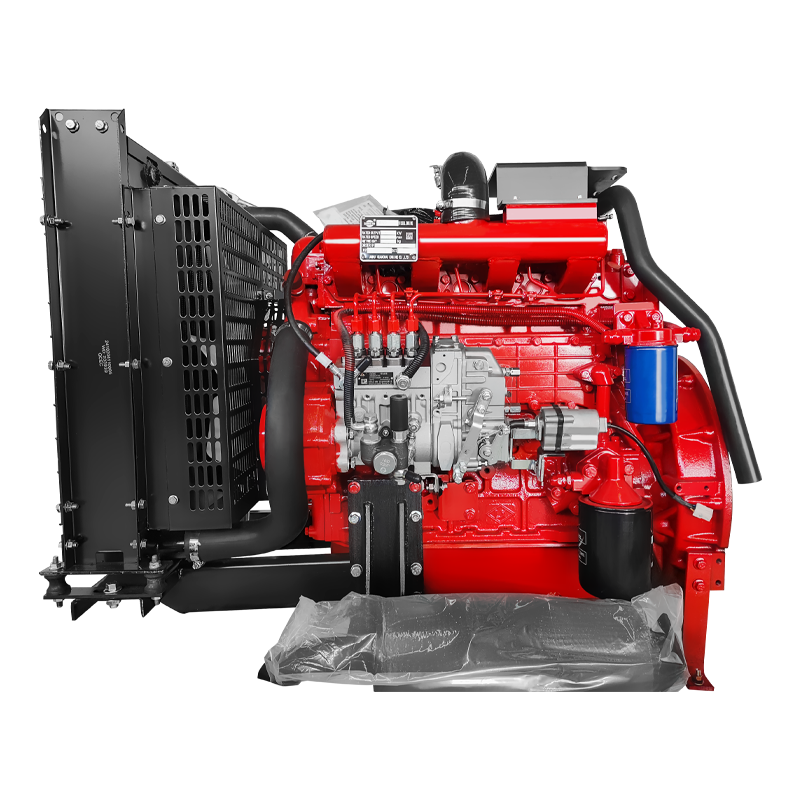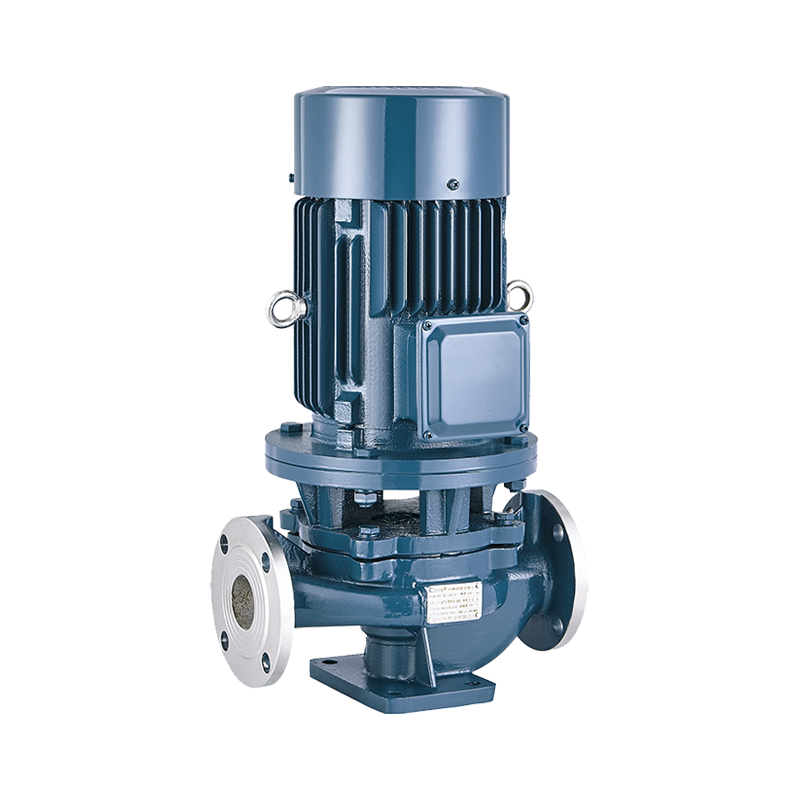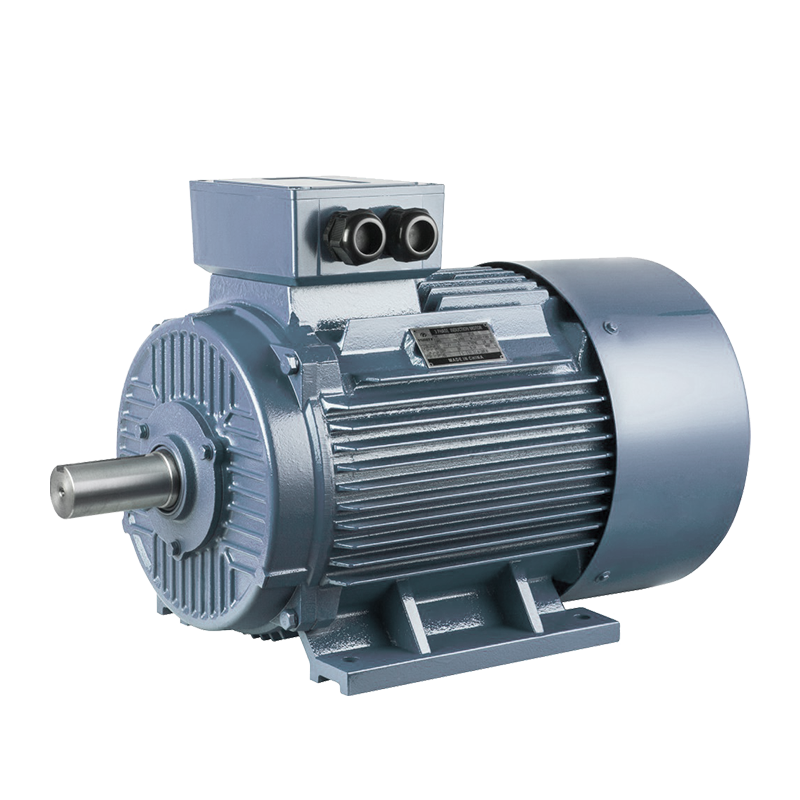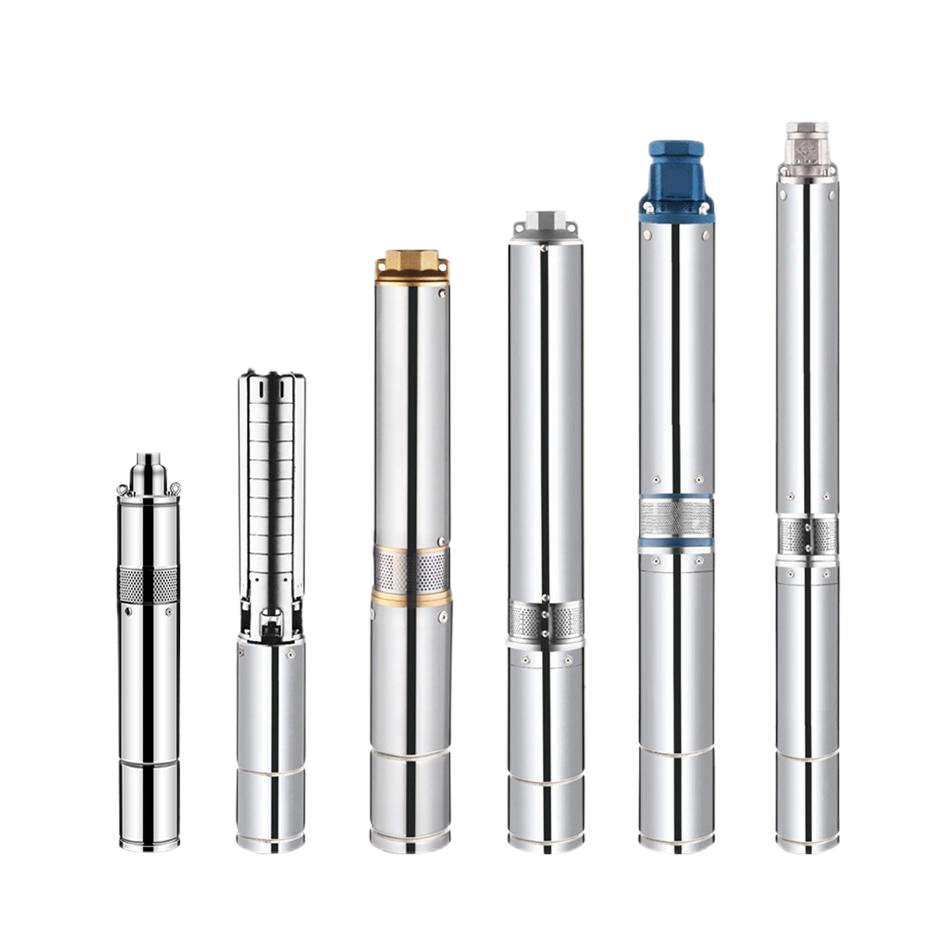Fire pumps are a crucial component of many water-based fire protection systems. They are designed to increase the water pressure (in psi and bar) when the existing water source pressure is insufficient to supply the system. These pumps are commonly found in buildings with high water demand, such as high-rise buildings and warehouses. This article will review the different types of fire pump options available to designers, focusing on choosing the right fire pump manufacturer and fire system manufacturer for your needs.
Types of Fire Pumps
There are various types of fire pumps available. Selecting the appropriate pump for your installation project is essential to avoid excessive costs and pressure that can damage the system. If all factors are not considered, the pump installation may not meet the necessary pressure requirements, necessitating the installation of a new pump.
**Centrifugal Pumps**
Centrifugal pumps are the most commonly used fire pumps in most systems. For these pumps, pressure is mainly produced by centrifugal force or rotation. The water enters the impeller center from the inlet, and the impeller's rotation drives the water through centrifugal force to the edge, where it is discharged. Centrifugal pumps can handle large volumes of water while providing a high-pressure boost.
The following are different centrifugal pump configurations:
**Horizontal Double Suction Split Case Pump**
In horizontal split case pumps, the flow is diverted and enters the impeller from opposite sides of the pump housing. These pumps have a split housing that can be opened for maintenance and are connected to the driver via a horizontal shaft. They are very reliable, have a wide range of flow and pressure ratings, and are easy to maintain due to the relatively simple split overhaul. They can be used with electric and diesel drives. However, they generally require the most space of any fire pump type.
**Long Shaft Pump**
Vertical turbine pumps are the only type of pump allowed by NFPA 20 (Standard for Fixed Pump Installation for Fire Fighting) to start under negative suction pressure or to draw water under lifting conditions, such as from underground sources like rivers or roadbed tanks. These pumps can be used for raw water sources such as ponds, lakes, and rivers. Vertical turbine pumps have a variety of capacities and pressures and can be used with diesel and electric drives.
**Pipeline Pump**
Pipeline pumps are ideal where space is limited. They can be driven by vertical or horizontal shafts (end-suction). The most common type has the shaft driver located directly above the pump. These units are typically among the cheaper options and take up the least space but are more expensive to maintain. Maintenance and repair can be challenging because, unlike split units, the motor must be lifted and removed to reach the pump. For these pumps, the intake and discharge flanges are roughly in the same plane. In-line pumps have a limited capacity, typically not exceeding 1,500 GPM (5,678 L/min), and they can only be used with electric drives, limiting their potential applications.
**End Suction Pump**
End suction pumps have a discharge perpendicular to the suction inlet. The capacity of these pumps is typically limited to approximately 1,500 GPM (5,678 L/min). They are more compact than horizontal split fire pumps and require less installation space in a fire pump room. End suction pumps can be used with electric or diesel drives.
When selecting a fire pump, it is crucial to work with a reputable fire pump manufacturer and fire system manufacturer to ensure you choose the right equipment for your specific needs. This ensures the reliability and efficiency of your fire protection system, providing peace of mind in protecting lives and property.
 English
English عربى
عربى
 Fire Pump and System
Fire Pump and System Split Case Pump
Split Case Pump Engine and Pump
Engine and Pump Long Shaft Pump
Long Shaft Pump Multistage pump
Multistage pump Water Supplier System
Water Supplier System Sewage Pump
Sewage Pump Industrial Pump
Industrial Pump Self-Priming Pump
Self-Priming Pump Inline Pump
Inline Pump Domestic Pump
Domestic Pump Electric Motor
Electric Motor Borehole Pump
Borehole Pump







